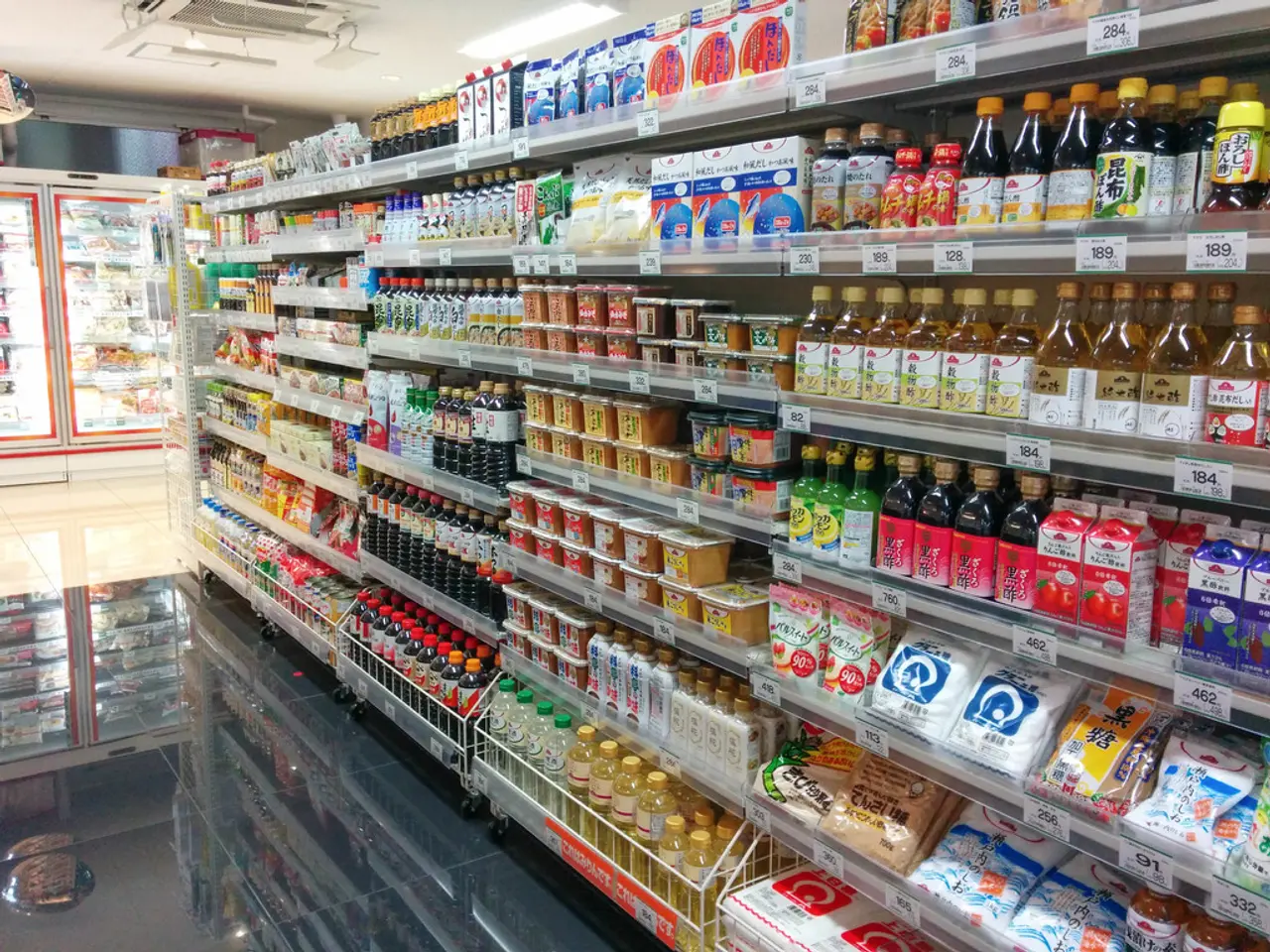Egypt Experiences Boom in Money Transfers
In the heart of the Mediterranean, Egypt continues to be a significant player in the global remittance market. The North African country received around $35bn from the United Arab Emirates for a new coastal development in February, and Q2 2024 saw a staggering 62% growth in remittances, marking the most significant quarterly growth in recent years.
However, Egypt's remittance landscape is far from straightforward. The country has been grappling with a parallel exchange market, which in February 2024 facilitated transfers at more than double the official exchange rate. This parallel market emerged as a response to strict foreign currency controls, a fixed exchange rate, and overvaluation of the Egyptian pound, which incentivized many Egyptian expatriates to use unofficial means to send money home.
Egypt's foreign reserves surpassed $46bn in May and continued to rise in August, a testament to the resilience of the remittance inflow. The Central Bank of Egypt (CBE) reported an 87% Year-over-Year (YoY) increase in remittances from Egyptians abroad in July 2024, reaching $3bn.
To combat inflation and attract international investment, Egypt raised interest rates by 6% and floated its currency, the Egyptian pound, in March 2024. This move was part of a deal with the International Monetary Fund (IMF) to increase its proposed loan to Egypt from $3bn to $8bn.
Egypt's government has been introducing initiatives to boost remittances from Egyptians living abroad, such as new high-interest dollar savings certificates that incentivize saving in USD with high returns. However, some Egyptian banks started restricting foreign currency transactions due to a shortage of foreign currencies.
The competitive landscape for inbound remittances to Egypt is a dual system. On one side, there are the official financial institutions, including banks and licensed money transfer operators like Western Union and MoneyGram, which facilitate remittances through formal channels. On the other side, there are the parallel or informal channels, such as hawala and informal money changers, which became prominent amid foreign currency shortages and regulatory barriers.
Digital platforms and mobile wallets, though not explicitly detailed for Egypt, are generally growing competitors globally but appear constrained by Egypt’s strict FX controls. Egypt remains the largest remittance recipient in the Arab region, but it faced a sharp decline in official remittances in 2023 due to these controls.
In conclusion, Egypt's main competitors on inbound remittances are a dual system: official financial institutions versus a substantial and sometimes dominant unofficial parallel market, driven largely by FX restrictions and economic conditions. As Egypt continues to navigate its economic upheaval, the balance between these two markets will undoubtedly shape the country's remittance landscape in the years to come.
[1] "Egypt's Remittance Landscape: A Dual System" - Research Paper, March 2024 [2] "Africa's Real-Time Payment Market: A Growing Trend" - African Payments Magazine, April 2023 [3] "Egypt's Struggle with Foreign Exchange and Remittances" - Financial Times, February 2024
In the research paper titled "Egypt's Remittance Landscape: A Dual System," published in March 2024, the competitive landscape for inbound remittances to Egypt is discussed, demonstrating a dual system consisting of official financial institutions and a substantial parallel market, primarily driven by foreign exchange restrictions and economic conditions.
For successful business ventures and sustainable growth within the Egyptian remittance industry, it is crucial to critically analyze market sizing, monitor industry trends, and evaluate finance strategies to navigate this complex and diverse market.




